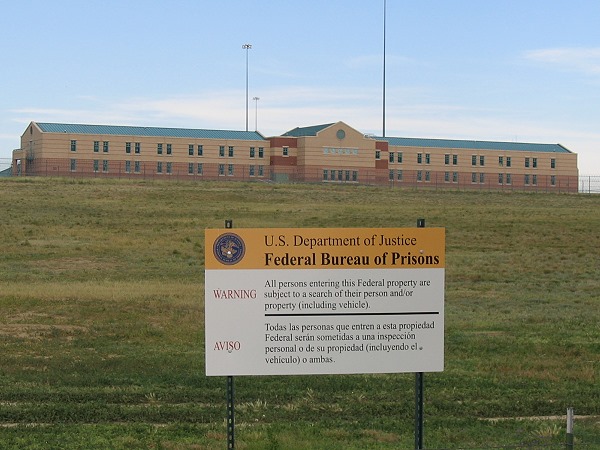Cornyn Introduces Federal Prison Reform Based on the Texas Model
 I issued the following statement after introducing the Federal Prison Reform Act. The bill would increase public safety and reduce prison costs by allowing non-violent, low-risk offenders to complete work, education, skills training, or rehabilitation programs in order to earn up to half of their remaining sentence in home confinement or a halfway house.
I issued the following statement after introducing the Federal Prison Reform Act. The bill would increase public safety and reduce prison costs by allowing non-violent, low-risk offenders to complete work, education, skills training, or rehabilitation programs in order to earn up to half of their remaining sentence in home confinement or a halfway house.
Modeled after successful reforms in Texas, this bill will target only non-violent, low-risk offenders to reduce the taxpayer burden, while ensuring that dangerous criminals remain off the streets. By working to reduce the number of repeat-offenders, we can improve safety, as well as costs, for our communities.
Summary of the Federal Prison Reform Act:
- Requires the Department of Justice to use existing funds to develop and implement recidivism reduction programming (drug rehabilitation, education, skills training, work programs, etc.) for 100% of eligible federal prisoners within 5 years. Ineligible prisoners include violent offenders, sex offenders, terrorists, child abusers, human traffickers, and repeat federal offenders.
- Requires the Attorney General to enter into partnership with non-profit and faith-based organizations to provide many of these programs at little or no cost to the taxpayer.
- Requires the use of existing resources to develop a federal post-conviction risk assessment tool that uses empirical data to classify all federal prisoners as (1) low-risk of recidivism; (2) medium risk of recidivism; or (3) high risk of recidivism, and allow for regular reassessments of each eligible prisoner over time.
- Allows prisoners who are classified as low-risk to earn up to 50% of their remaining sentence in home confinement or a halfway house, with earned time credit accruing at a rate of 30 days for every 30 days the prisoner is successfully completing recidivism reduction programming.
- Allows medium-risk and high-risk prisoners to earn time credits at a rate of 30% and 20% while they are successfully completing recidivism reduction programming, but does not allow them to cash in this credit until the risk assessment tool shows that they are a low-risk of recidivating.
- Reduces the need for new federal prison construction allocation by working to cap and reduce the number of incarcerated offenders by shifting prisoners near the end of their sentence to home confinement.




Comments
Join the discussion on Facebook.
Join the discussion on Facebook.